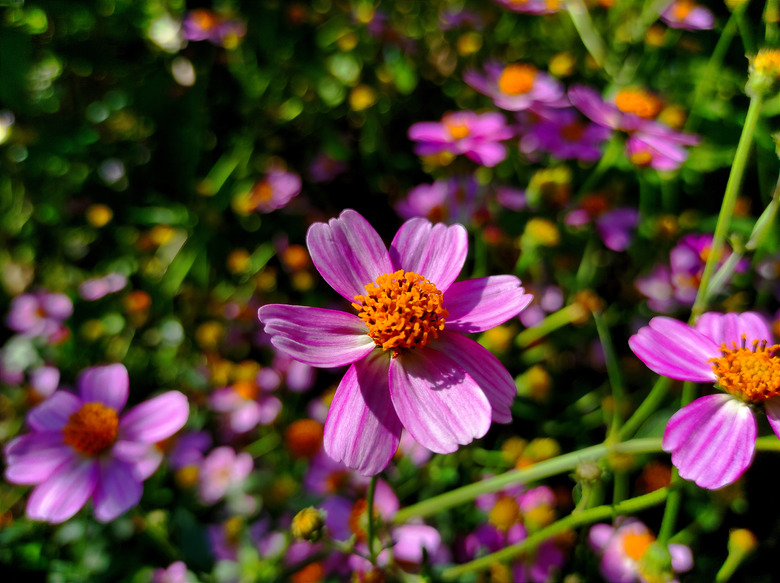How To Prune Coreopsis
Coreopsis (Coreopsis spp.) is a low-maintenance, drought-tolerant, and versatile flowering plant with bright, cheerful blooms that attract beneficial insects, including pollinators like butterflies and bees. Wild species of coreopsis have a profusion of bright yellow flowers, while cultivars offer red flowers and some other shades as well, including a more golden yellow. Often called by the common name "tickseed," coreopsis plants are native to North America. Most of them are perennials with a long bloom season in USDA plant hardiness zones 3 to 9, depending on species and cultivar. There are some annual coreopsis plants, such as the native California species, Coreopsis californica.
There are lots of different species and cultivars of coreopsis, each with its own cultural requirements, but generally, they prefer to be grown in a site with well-draining soil in full sun and do not require fertilizer or regular pruning. However, deadheading spent flower stalks will encourage new blooms on many types of coreopsis and prevent the plants from self-seeding. One way to accomplish this is to sheer large plantings in mid to late summer. This promotes a bloom time of early fall and removes unkempt foliage.
Get all the information you need to keep those coreopsis blooming.
Pruning Coreopsis in Summer
Pruning Coreopsis in Summer
Most varieties of coreopsis stay relatively short, topping out at some 2 feet, while others are even more compact. Even so, these plants can become leggy and unappealing if allowed to grow too long without a trim. Shearing coreopsis is one method of deadheading your plants and can result in a second flush of new flowers in fall. This type of pruning will also make the plants more shapely and compact.
Some types of coreopsis need this summer pruning more than others. For example, thread leaf coreopsis (Coreopsis verticillata) is a native perennial that grows in dense, bushy clumps to 3 feet in either direction. This plant is a perennial in USDA hardiness zones 3 to 9 and may require shearing to keep it neat and contained. Likewise, Coreopsis grandiflora (including the popular cultivar Early Sunrise) grows in clumps to 3 feet tall and wide. It blooms from late spring to late summer and may require summer shearing to keep it compact.
To accomplish this, use a pruner or hedge shears to reduce the height of the plants by up to 50 percent. While this will remove any unopened flower buds, it also takes care of the legginess issue. Within a few weeks, the plant will be blooming again, usually through late fall.
Pruning Coreopsis in Fall
Pruning Coreopsis in Fall
When the bloom season starts up in early summer, it seems that it may last forever, but this is not the case. In time, the growing season must end, and when it does, any flowers left standing will go to seed. The seeds supply wild birds with winter nurture, but they also allow the plants to self-seed, meaning that your garden will have more plants the following year. If this sounds appealing to you, don't prune back the coreopsis in the fall. Simply let the existing flowers stand.
Gardeners who like a tidy garden and those who have reached their limit on the amount of coreopsis plants in the backyard should prune these flowering plants as soon as they finish flowering. If you wait too late in the season, seeds will have already formed and some will have already fallen to the ground where they'll germinate the following year.
Wait until the first frost to take action. Cut your perennial coreopsis plants to 6 inches from the soil. Remove debris, like dead leaves, from the base of the plant. The foliage on the remaining plant stubs will help protect the crown and provide the plant with energy throughout winter. Gardeners living in cold winter climates should mulch around the base of the plant as well, providing a blanket of chopped leaves or compost to help the roots survive winter temperatures.
